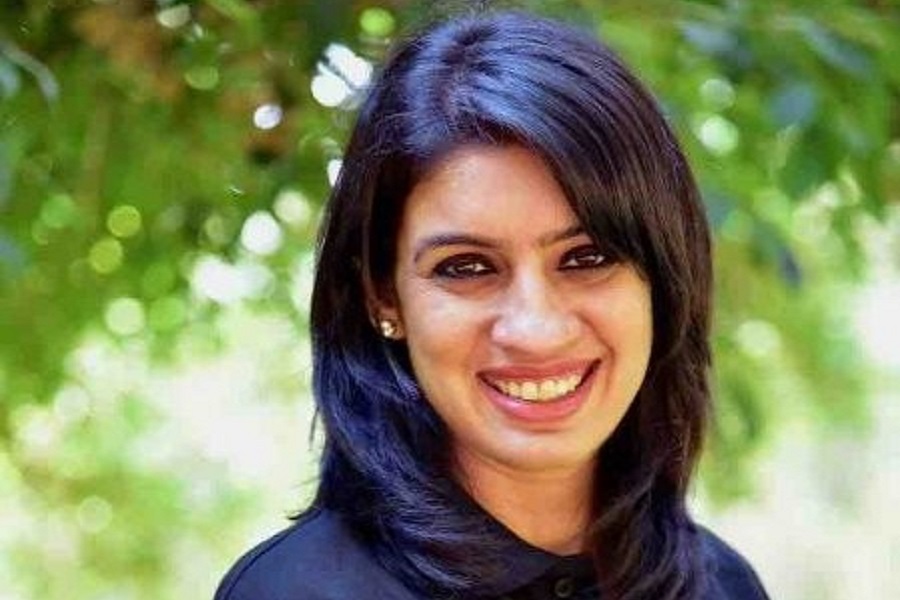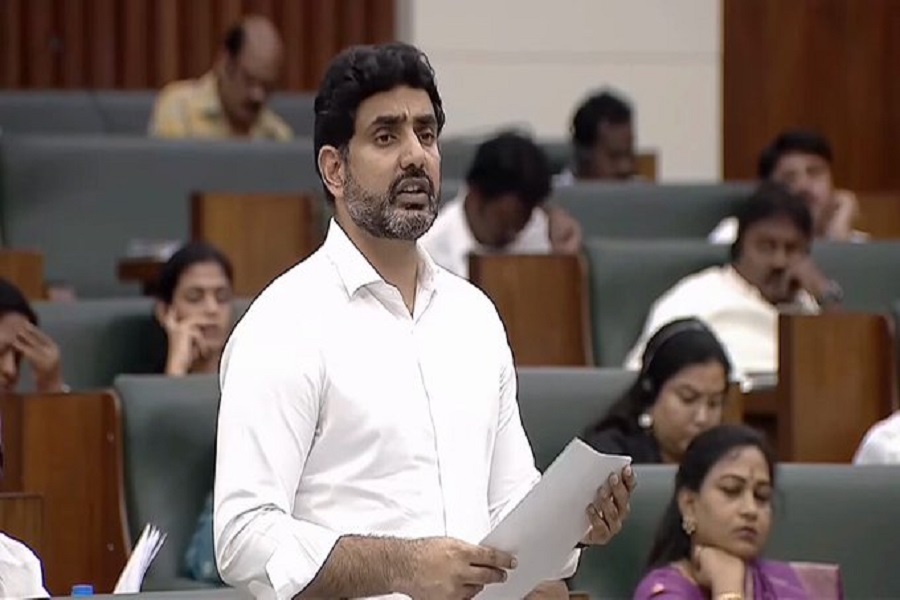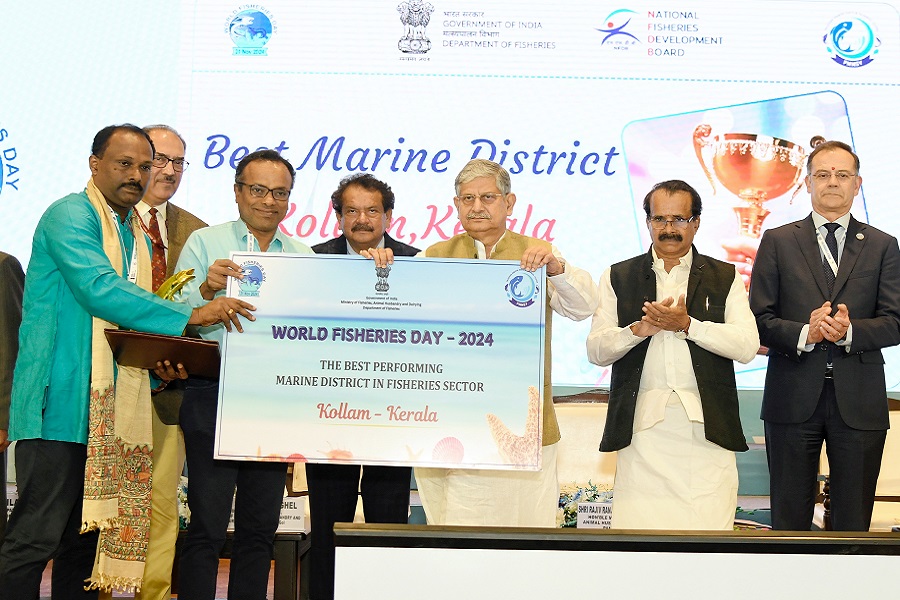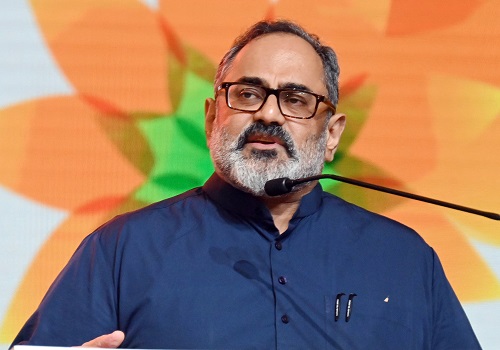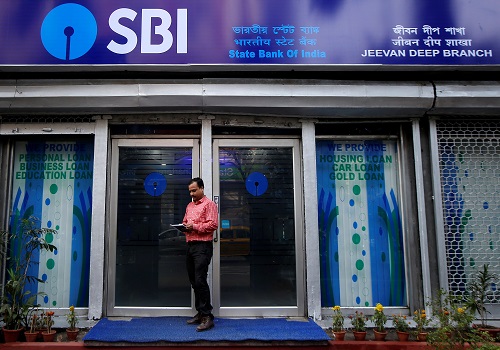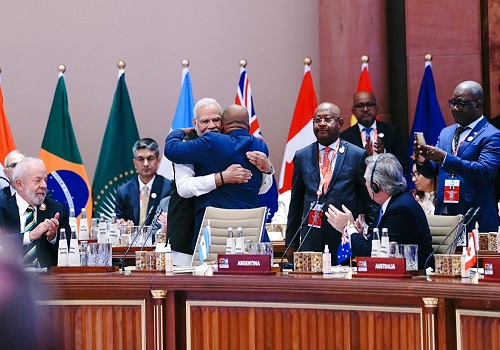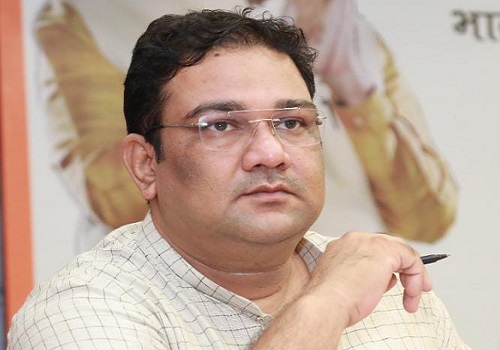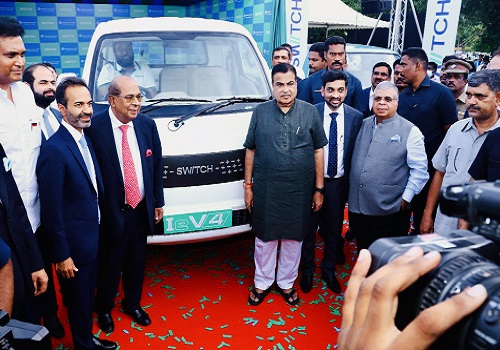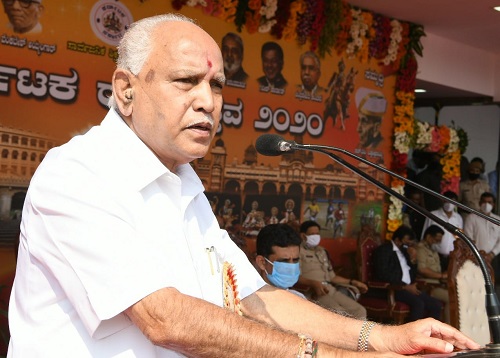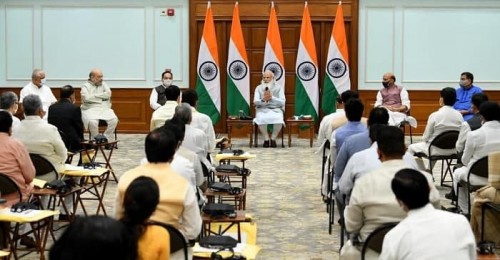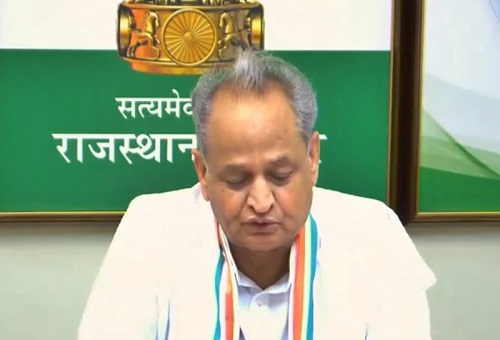Towards a brighter future: Rejuvenated education sector in Jammu & Kashmir
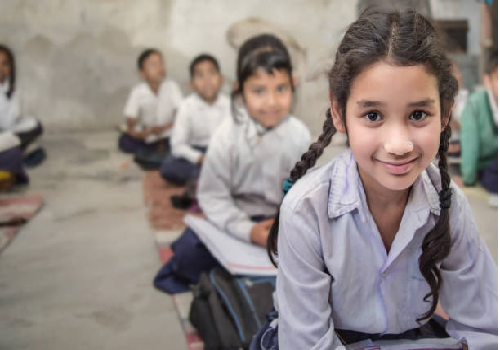
Follow us Now on Telegram ! Get daily 10 - 12 important updates on Business, Finance and Investment. Join our Telegram Channel
The Union Territory of Jammu and Kashmir makes for a picturesque destination for tourists from India as well as abroad. Surrounded by the majestic Himalayas and irrigated by numerous perennial rivers, the unbound natural beauty is enthralling.
While this beauty has always enriched the lives of the residents, the development initiatives undertaken by the state in recent years have been substantially instrumental as well. One of the areas on which the Government has spent considerable time and effort is the educational sector of the Union Territory. Being one of the core areas of an individual's life, education is the passport to the future for a magnificent country like India. This holds true for all regions and peoples, but especially Jammu and Kashmir, which has witnessed decades of disturbance and terrorism. However, in the recent few years, the administration has managed to curb the insurgency and nudge the youth towards productive avenues like education and skill development.
While the condition of education throughout the population was in a dilapidated state since Independence, the worst impact has always been on the tribal community of the erstwhile state. However, it only came to light during the administration's first Survey of Transhumant (migratory/nomadic) Population. It was instrumental in analysing human development on various parameters and most of them turned out to give critically underwhelming results.
With a measly 16 per cent of literacy rate amongst the tribal community, the community lags far behind the national average of 74 per cent. In order to understand the harrowing situation, the administration reviewed the past policies to realise that the department responsible for tribal welfare never got running in true sense. While a Department for Tribal Welfare under the state government was established in 2008 -- nearly 60 years after the independence of India -- no meaningful work could take place as the administrative support to it was not provided until as recently as 2021. Since then, however, the Department has been able to undertake multiple exercises to understand the shortcomings and the issues faced by people in accessing education, specifically by the tribals.
A major bottleneck has been the lack of funds with people to continue higher education. The administration reviewed the scholarship available to the students and increased it by more than 100 per cent. Further, a lot of tribes that had been ignored until recently, like the Gaddi-Sippi tribes, were also brought back into the fold with constant engagement.
Apart from providing financial support, a significant step has been taken with respect to the increasing access towards educational courses. More than 300 courses have been added to the decade-old course list, which consisted of only 50 courses until recently. Even lodging facilities have been improved for transhumant children by approving the construction of about 30 hostels in the next few years compared to the existing 25 hostels that have been in place since independence. Therefore, the focus has largely been on making education as accessible as possible. The Government has provided micro-laptops, tablets and mini desktops loaded with pre-recorded lectures and other educational content to the residents of these hostels, so that they can pursue their courses no matter what the situation is outside.
Alongside these, many other educational opportunities have arisen for the youth of Jammu and Kashmir as they have become eligible for benefits under various central laws. The Union Government has reserved seats for children from Jammu and Kashmir in several institutions across the nation.
This reservation has directly benefitted the children as they now have the opportunity to receive the best education in different spheres that were out of reach for them earlier. The direct benefit of such reservation and other opportunities would go to those belonging to the lower & middle classes of society.
The government runs a great number of Centre and state supported schemes, especially to emancipate the backward, marginalised, disadvantaged and underprivileged sections of the society, so that they are not deprived of education. It includes providing free education up to the college level, mobile institutions for the nomadic population, scholarships, free books and uniforms to deserving students. There are two new AIIMS, seven new medical colleges, two State cancer institutes and 15 nursing colleges have been set up and operationalised recently. Intake capacity of 854 seats was added, which includes 600 MBBS, 50 PG courses, 26 BDS, 38 MDS and 140 DNB as per report. Indian Institute of Technology (IIT) Jammu and Indian Institute of Management (IIM) Jammu have also been made functional. The number of government degree colleges/engineering colleges has increased from 96 to 147.
The administration has been highly sensitive to the toll of the pandemic on children, especially the school-going ones. With classes going online, many students -- especially the younger generation -- was finding it difficult to cope with the increasing pressure of virtual classes. The local administration paid heed to requests of children from around the state to reduce this burden on students. With the switch to online teaching and courses, the signal is clear - the physical and mental health/well-being of the students of the region is of paramount importance to the administration.
With the renewed emphasis on the skilling, reskilling and upskilling of the youth of the region, the Government has been able to create jobs that did not exist earlier. With rising education rates and possible opportunities, the youth would find themselves incentivised to create a better future for themselves, their families and their children further ahead. There is hope and there is a better future ahead.



